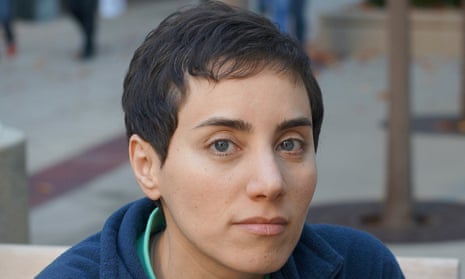The mathematician Maryam Mirzakhani died two weeks ago. She was 40. I had never heard of her before reading about her death in the papers. It’s a piercingly sad story: Iranian-born, and latterly a professor at Stanford University, Mirzakhani was the only woman to have won the Fields medal, the equivalent for a mathematician of the Nobel prize, and is survived, in newspaper-speak, by a husband and a daughter.
I always find the locution “survived by” too cruel to bear. So final the rupture, no room for error: she’s gone, they’re left. And, in this case, how young the mother and the wife.
It is a sad story for other reasons, too, not least the intensity of Mirzakhani’s expression in the photograph most of the papers used. There is a beauty that can only be described as that of the mind’s migration to the face, the transfiguring beauty of exceptional intelligence. So it’s a double loss: the premature loss of a person and the premature loss of her genius.
I remember there being an unspoken qualitative distinction at school between those who were good at maths and science – the priests of numbers and symbols – and the more poetical of us, whose medium, as Wordsworth had it, was the language of men talking to men. The assumption, at least on the part of us Wordsworthians, was that creativity was all on our side. I have since come to think the word “creative” has much to answer for. Among the freedoms it sometimes gave us was the freedom from structure, knowledge and the obligation to convince.
Mirzakhani, it is said, considered being a writer before turning to mathematics. It is unlikely she believed she’d made a choice in favour of an inferior, or less artistic, discipline. And she expressed her immersion in mathematics in language every writer will recognise – “like being lost in a jungle and trying to use all the knowledge you can gather to come up with some new tricks, and with luck you might find a way out”.
The luck, of course, is no such thing. It’s the mystery Keats called “negative capability”, the trust that the work will do itself if only we dare to plunge without irritability or insistence into the dark, not sure we will find a way out at all. The best writing happens in this way, unintended, unknowing, grateful and surprised. Such abnegation of will is what we mean by creativity. So the mathematician and the artist are companioned in the same dark, and do obeisance to the same gods. The pity of Mirzakhani’s death will be felt by poets as well as mathematicians.

